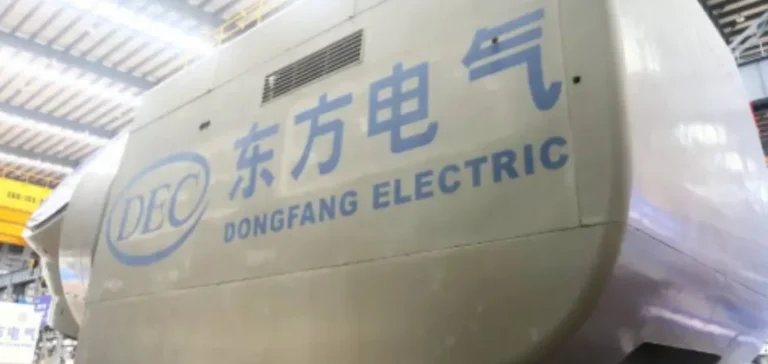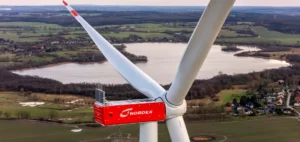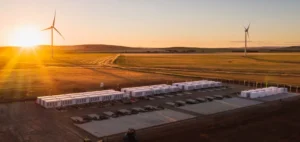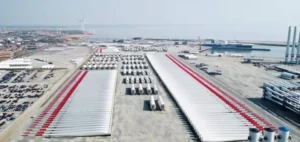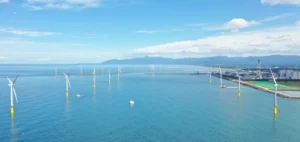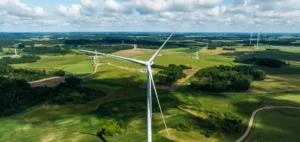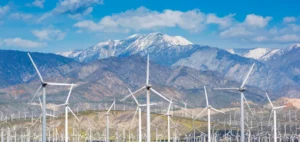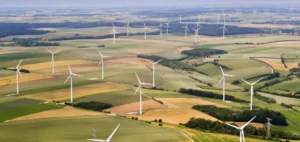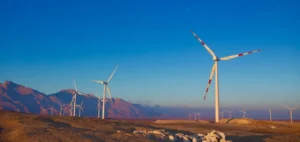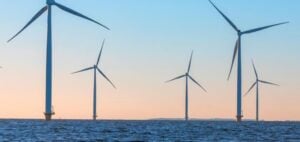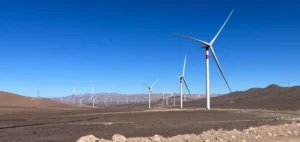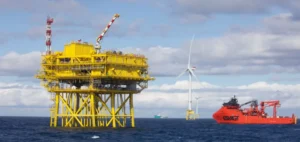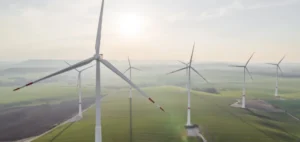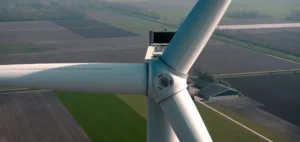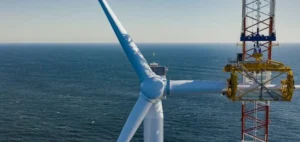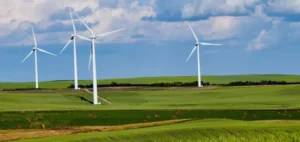China has unveiled its 17 MW direct-drive floating wind turbine prototype, the most powerful in the world, co-developed by Dongfang Electric Corporation and China Huaneng. This turbine, which boasts the highest capacity per unit and the largest rotor in the market, marks a major step in the country’s offshore wind equipment manufacturing.
Exceptional technical features
The prototype has a rotor diameter of 262 meters, with a swept area of approximately 53,000 square meters, equivalent to 7.5 standard football fields. With a hub height of 152 meters, it is comparable to a 50-story residential building. This design aims to tap into the vast potential of offshore wind, especially in deep-sea areas.
Enhanced adaptability and reliability
In terms of performance, this turbine demonstrates superior adaptability to movement, capable of maintaining power generation even under significant platform tilts. Its operational availability exceeds 99%, a key reliability indicator for this type of installation. Furthermore, it is designed to withstand waves over 24 meters high and survive Category 17 super typhoons.
Local manufacturing and technological innovation
A notable feature of this turbine is the adoption of locally produced large-diameter main shaft bearings. Key components such as the blades, generator, converter, and transformer are also fully manufactured in China, strengthening the national value chain.
Future production and deployment
According to Dongfang Electric Corporation, the research and development team overcame significant challenges in precision manufacturing, particularly for assembling blades and low-speed permanent magnet motors. These technological advancements are boosting China’s wind industry and enabling coordinated progress across the entire value chain.
This turbine is capable of generating 68 million kWh of clean electricity annually, enough to power approximately 40,000 households. Next steps include deployment for testing and large-scale validation.


